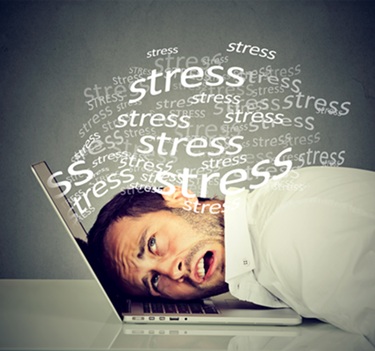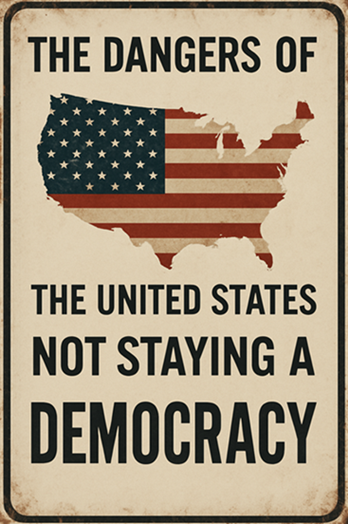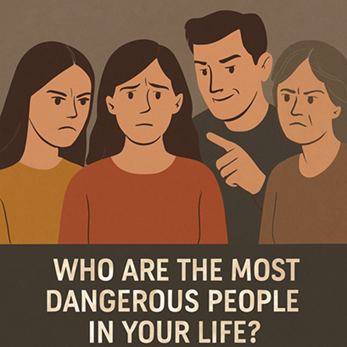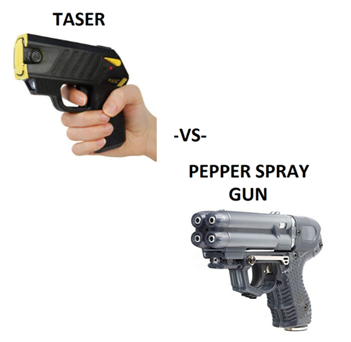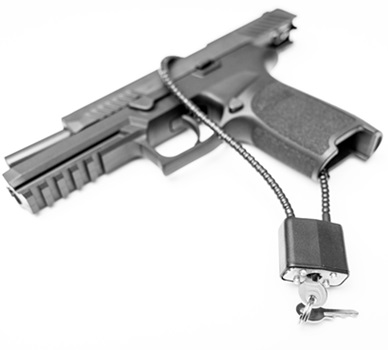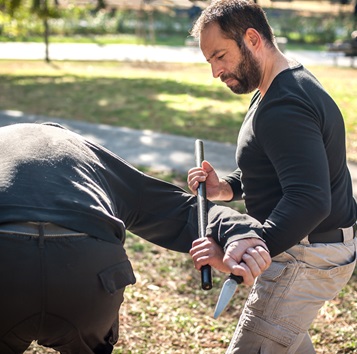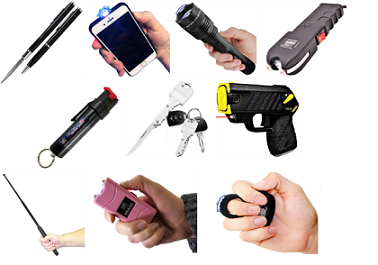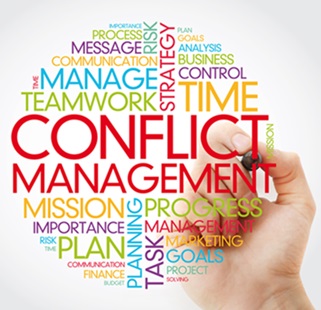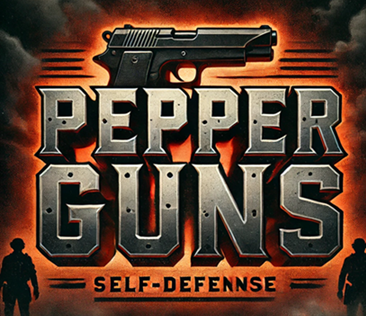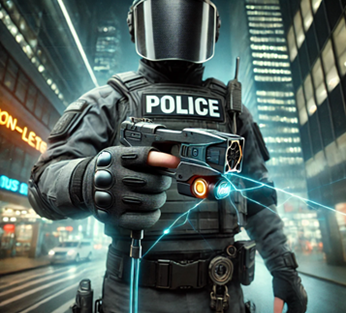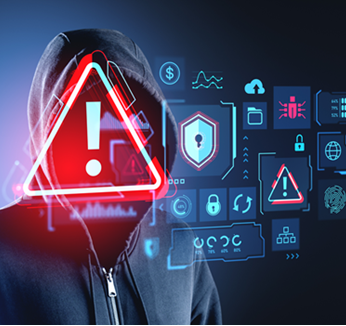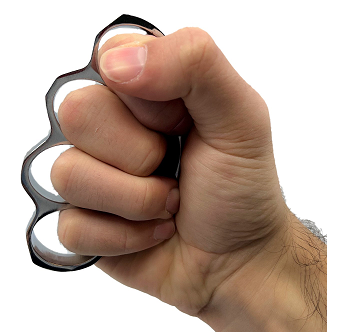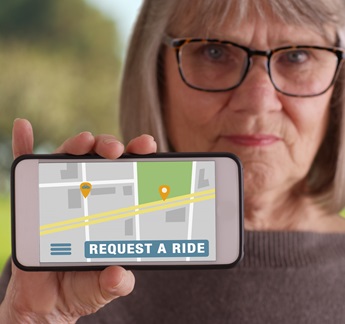The Dangers of Carrying a Lethal Weapon in Public
 In an age where personal safety is a growing concern, many individuals are turning to lethal weapons for protection. Whether it’s a firearm, knife, or another deadly device, the idea of carrying a lethal weapon can seem like a logical way to deter potential threats. However, the reality of carrying such weapons in public is far more complex and fraught with dangers that can outweigh the perceived benefits. In this blog post, we’ll explore the multifaceted risks associated with carrying a lethal weapon in public, including legal, psychological, and societal implications, as well as alternatives that can help ensure safety without escalating risks.
In an age where personal safety is a growing concern, many individuals are turning to lethal weapons for protection. Whether it’s a firearm, knife, or another deadly device, the idea of carrying a lethal weapon can seem like a logical way to deter potential threats. However, the reality of carrying such weapons in public is far more complex and fraught with dangers that can outweigh the perceived benefits. In this blog post, we’ll explore the multifaceted risks associated with carrying a lethal weapon in public, including legal, psychological, and societal implications, as well as alternatives that can help ensure safety without escalating risks.
Legal Risks and Responsibilities
Carrying a lethal weapon comes with significant legal responsibilities and risks. Laws governing the possession and use of weapons vary widely by jurisdiction, and misunderstanding or violating these laws can lead to severe consequences. For example:
-
Licensing and Permits: Many jurisdictions require permits to carry firearms or other lethal weapons. Failing to obtain the necessary documentation can result in criminal charges.
-
Self-Defense Laws: The legal concept of self-defense is not universal. While some areas recognize "stand your ground" laws, others require individuals to retreat before using lethal force. Misinterpreting these laws can lead to criminal prosecution, even if the weapon was used in a perceived self-defense situation.
-
Civil Liability: Even if no criminal charges are filed, individuals who use lethal weapons in public may face civil lawsuits. Victims or their families can sue for damages, leading to financial and emotional burdens.
Escalation of Violence
Carrying a lethal weapon can escalate a situation that might otherwise have been resolved peacefully. The mere presence of a weapon can increase tension and provoke aggression, leading to outcomes such as:
-
Unnecessary Use of Force: In high-stress situations, individuals carrying lethal weapons may act impulsively, using force when it’s not warranted.
-
Increased Risk to Innocent Bystanders: Discharging a firearm or using another lethal weapon in a crowded area can inadvertently harm innocent people, creating unintended tragedies.
-
Criminal Targeting: Carrying a visible weapon can make you a target for criminals who may attempt to steal it or neutralize you as a perceived threat.
Psychological Impact
The psychological toll of carrying a lethal weapon in public is often underestimated. Knowing you have the power to take a life can have profound effects on your mental health and decision-making:
-
Increased Anxiety: Constantly being aware of your weapon and its potential use can heighten anxiety, making you more reactive in stressful situations.
-
Decision Paralysis: In a critical moment, the responsibility of deciding whether to use lethal force can lead to hesitation or overreaction, both of which can have dire consequences.
-
Post-Incident Trauma: If a weapon is used, even in self-defense, the psychological aftermath can include guilt, PTSD, and long-term emotional distress.
Misuse and Accidents
Accidental discharges and misuse of lethal weapons are significant risks, especially for those who are not adequately trained:
-
Lack of Training: Many individuals who carry lethal weapons have minimal training, increasing the likelihood of accidents or poor judgment in high-pressure scenarios.
-
Children and Unauthorized Access: If a weapon is not securely stored, it can fall into the hands of children or unauthorized individuals, leading to tragic outcomes.
-
Mistaken Identity: Law enforcement or other armed individuals may mistake a civilian carrying a weapon for a threat, leading to potentially fatal misunderstandings.
Societal Implications
The widespread carrying of lethal weapons in public can have broader societal consequences, influencing community safety and perceptions of security:
-
Normalization of Violence: When more people carry lethal weapons, it can normalize the use of violence as a means of conflict resolution.
-
Erosion of Trust: The presence of weapons can create an atmosphere of fear and mistrust, undermining community cohesion.
-
Impact on Public Spaces: The knowledge that others may be armed can make public spaces feel less safe, discouraging people from participating in community activities.
Alternatives to Carrying Lethal Weapons
Given the dangers and complexities of carrying lethal weapons, it’s worth exploring alternatives that can provide personal safety without the associated risks:
-
Non-Lethal Self-Defense Tools: Devices like pepper spray, stun guns, and personal alarms can deter attackers without the risk of fatal outcomes.
-
Self-Defense Training: Learning martial arts or other self-defense techniques can empower individuals to protect themselves without relying on weapons.
-
Situational Awareness: Being aware of your surroundings and avoiding high-risk areas can significantly reduce the likelihood of encountering dangerous situations.
-
Community Programs: Participating in neighborhood watch programs or advocating for better public safety measures can help create safer environments for everyone.
Conclusion
While the desire to protect oneself and loved ones is natural, carrying a lethal weapon in public often introduces more risks than it mitigates. The legal, psychological, and societal dangers are significant, and the potential for accidents or misuse cannot be ignored. By considering non-lethal alternatives and focusing on preventive measures, individuals can enhance their personal safety without contributing to the escalation of violence or creating additional risks.
Ultimately, the goal should be to foster a society where people feel safe without the need to carry lethal weapons. Through education, community engagement, and a commitment to non-violent solutions, we can work towards a safer and more harmonious future.
Company Info
Customer Service
Product Information
- TASER® and Stun Devices Regulations by State
- TASER® Safe Escape Product Replacement Guarantee
- TASER® Comparison Chart
- TASER® User Manuals
- TASER® Warranty Info
- Byrna Product Catalog
- PepperBall Manuals & Spec Sheets
- Pepper Spray Laws
- Air Gun Laws
- States that Restrict Automatic and Butterfly Knives
- Our Print Catalog

























